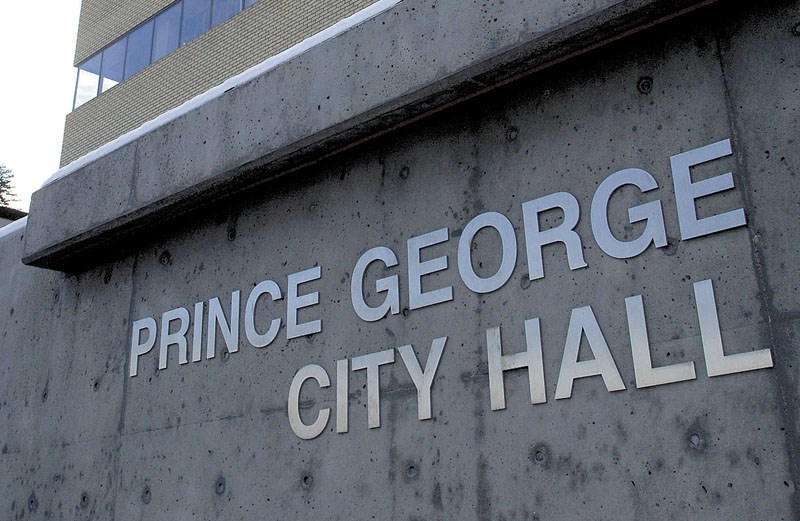City council will debate what to do with nearly $28.3 million on Monday night, following the end of an 17-year deal with FortisBC.
Following a referendum in 2004, the city entered a “lease in, lease out agreement” with FortisBC (then called Terasen Gas) to fund a natural gas distribution system in the city. The city financed the project through long-term debt, and FortisBC operated the system and paid semi-annual lease payments to the city, city director of finance Kris Dalio wrote in a report going before city council on Monday.
“The final debt payment was made in 2021, which is also when FortisBC had the option of purchasing the asset at its unamortized value, or renewing the capital lease. Fortis BC elected to exercise their option to purchase the asset,” Dalio wrote. “The net proceeds of the payment were $28,285,863 and those funds were deposited into the Fortis Reserve.”
The total termination payment was $29.37 million, but just over a million dollars of that money went to cover the city’s legal, accounting, and other costs associated with the agreement, along with money previously allocated from the Fortis Reserve for capital projects between 2005 and 2008. The reserve’s investment revenue over the duration of the lease offset some of those costs, Dalio added.
In July 2014, the city council of the day supported using a portion of the proceeds from the deal to fund 30 per cent of a proposed regional performing arts centre, if other external funding from the federal or provincial government or private sector was available to cover the other 70 per cent.
“The July 2014 report was hopeful that grant funding would become available in the next few years for arts facilities, but those grant opportunities never materialized,” Dalio wrote.
City administration is recommending that council approve leaving the money in the Fortis Reserve Fund, which was established in 2005 and was funded through the lease payments the city received from FortisBC.
“By selecting this option, Council keeps the funds in this reserve and may use it as a funding source for any general capital project(s) in the future they feel is appropriate,” Dalio wrote. “A further advantage to this option is that the money is easily identified and trackable here (as opposed to partially making up the balance of a larger reserve in Option 2).”
Option 2 for the money would be to move it into the city’s Endowment Reserve Fund, which is a “revolving fund.” The city can use money from the fund, but it is treated as internal debt is paid back from the city’s general revenue over time. The difference between Option 1 and Option 2, is in Option 1 the money is treated as a one-time legacy fund, while in Option 2 it becomes a long-term reserve to be used and then paid back.
Option 3 would be to use the money to offset borrowing for future and current capital projects, like repairs to the Prince George Aquatic Centre building.
“When the City takes on debt for general capital projects, the repayment of that debt is made from the General Operating Fund,” Dalio wrote. “As the City budgets for those repayments, this has an effect on the tax levy. The removal of $25M of debt would have an approximate impact to future tax levies of 1.53 (per cent).”
Option 4 would be to commit the money to a specific project immediately, Dalio wrote.
“Large capital needs on the short term horizon include the possible replacement of the Prince George Playhouse and the Rolling Mix Concrete Arena,” he wrote. “There is also an estimated $40 (million) of asset reinvestment in the next 10 years to other recreation facilities such as CN Centre, Civic Centre, Elksentre and the Kin (Arenas).”
Option 5 would be to use the money as a one-time funding source to reduce the tax levy. In January, city council approved a three per cent increase to the tax levy, using $3.2 million in provincial Safe Restart grant money as one-time funding to reduce what would have otherwise been a 5.84 per cent tax hike.
“There are no technical restrictions to these funds being used for operating purposes,” Dalio wrote. ‘However, using the funds in this way would be a temporary funding solution that would not meet Council’s Sustainable Finance Policy of ‘long term benefits to City residents.’ Administration has listed this as a potential option but does not recommend that Council pursue it.”



